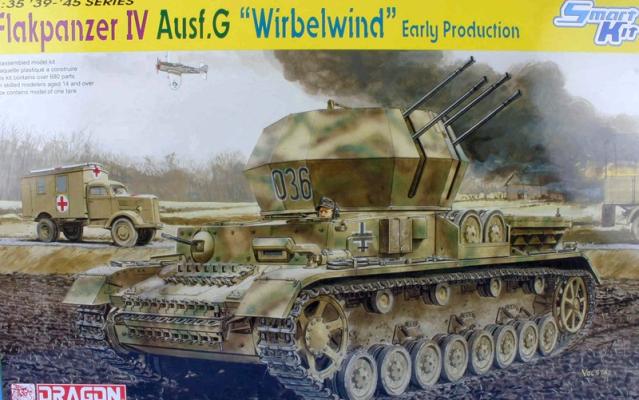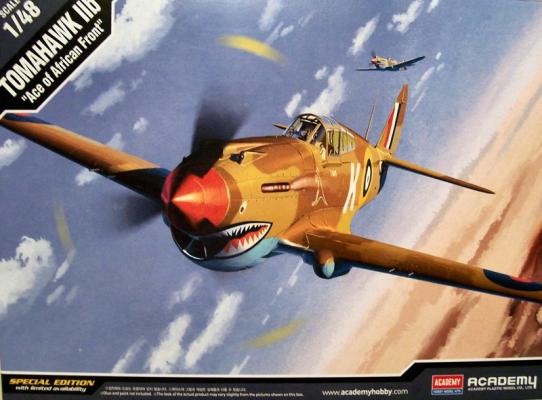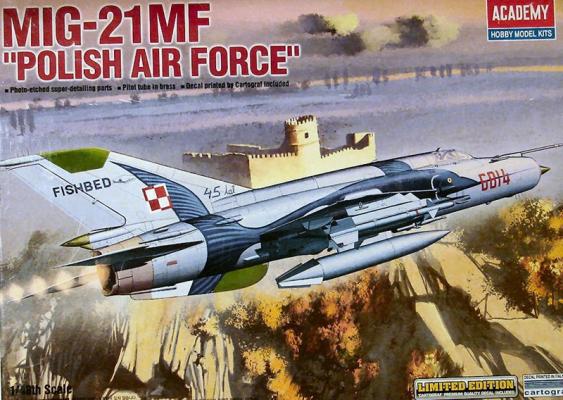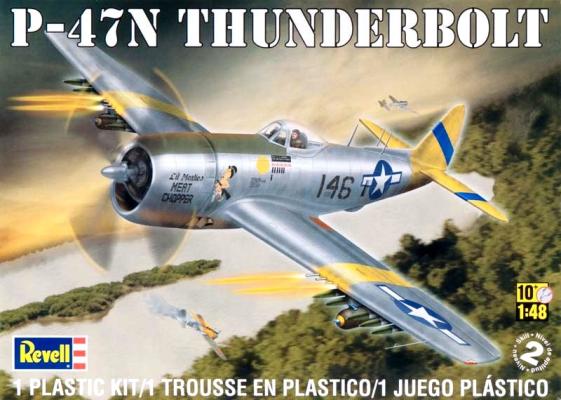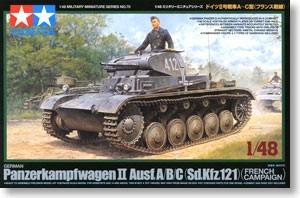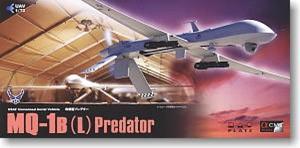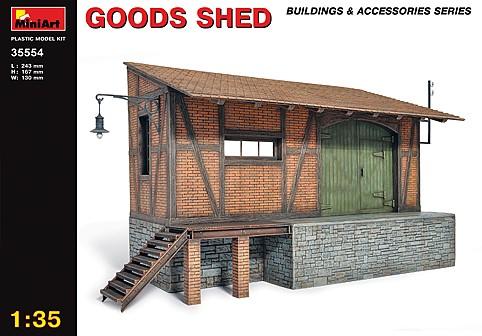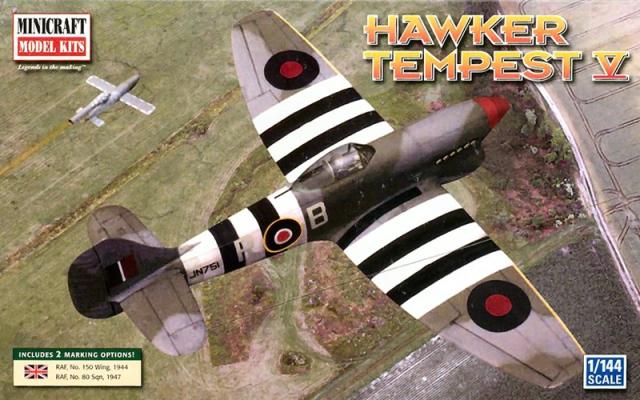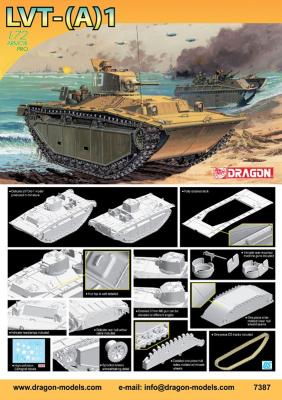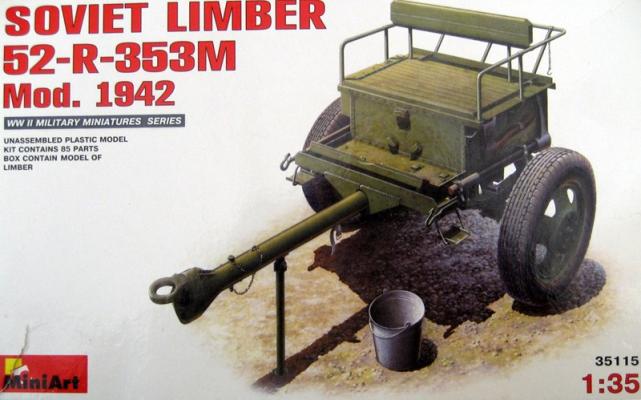The Flakpanzer IV “Wirbelwind” (German for whirlwind) was a self-propelled quad 2.0 cm anti-aircraft gun based on the Pz IV. It was developed in 1944 as a replacement for the Mobelwagen. The Wirbelwind was replaced by the Ostwind with a single 3.7cm FlaK 43. The number of units produced ranged from upper 80’s to approximately 105.
This is a multimedia kit comprised of 500+ styrene parts, magic tracks, one braided metal wire (which is very stiff even after annealing), one photo etched fret, decals and the set of instructions that need to be reviewed very carefully before gluing any parts together.
Most Dragon models today are a collection of old sprues and new sprues added to create a new kit variant. In this case, Dragon has done so and you will have some sprues with the same letter. Even though Dragon has not advertised this is a 2-in-1 kit, you have many options that need to be reviewed and decided on before you start this kit.

